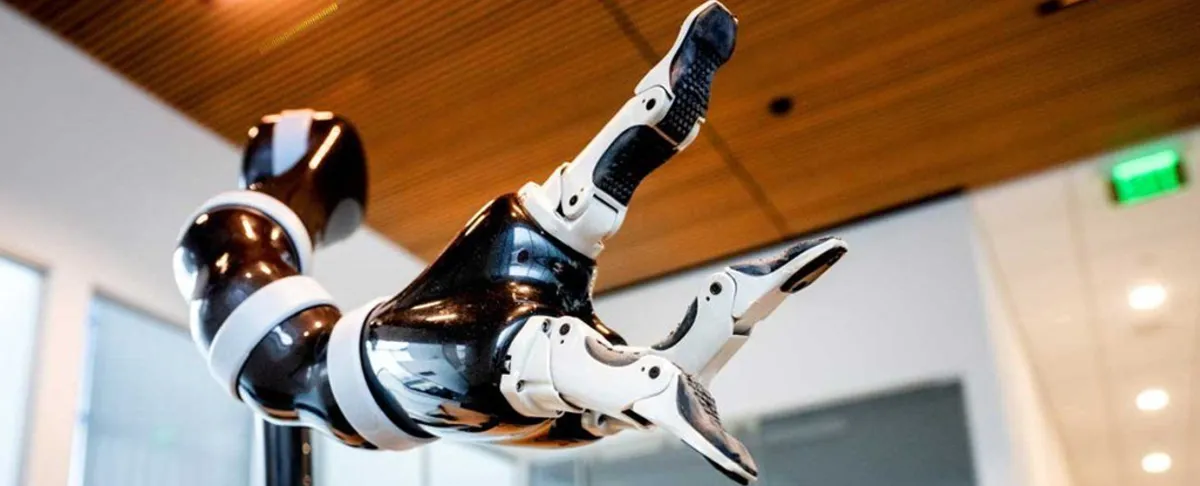
A groundbreaking system that integrates artificial intelligence (AI) and robotics is transforming the lives of individuals with disabilities. This innovative technology has enabled a man with tetraplegia to convert his thoughts into mechanical arm movements, such as clutching and releasing objects. The system has operated successfully for seven months without requiring major recalibration—a significant improvement over the typical lifespan of similar setups, which usually need adjustments within just a few days. This remarkable achievement underscores the potential of this technology, as highlighted by a research team from the University of California, San Francisco (UCSF).
At the heart of this brain-computer interface (BCI) system lies sophisticated AI algorithms that correlate specific brain signals with designated movements. The participant was able to observe the robotic arm's movements in real time while imagining the actions, allowing for immediate error correction and heightened accuracy in the robotic responses. According to neurologist Karunesh Ganguly from UCSF, this fusion of human learning and AI represents the next evolution in brain-computer interfaces, essential for achieving complex, lifelike functionality.
Through sheer thought alone, the man was able to open a cupboard, retrieve a cup, and position it under a drink dispenser. This technology holds immense promise for aiding individuals with disabilities in performing a range of tasks. Notably, during the research, the team discovered that while the overall shape of brain patterns related to movement remained constant, their locations shifted slightly over time. This phenomenon is thought to occur as the brain adapts and absorbs new information.
The AI system adeptly compensated for this drift in brain signals, which eliminated the need for frequent recalibrations. Researchers are optimistic about the possibilities for enhancing both the speed and accuracy of this setup in the future. Importantly, the neuroprosthetic device operates entirely under the user’s control without any machine assistance, as stated in their published findings. The researchers are excited about the potential for vision-based assistance to significantly improve performance, especially in executing intricate object interactions.
While this system is not inexpensive or straightforward to implement—utilizing brain implants and a technique called electrocorticography (ECoG) to monitor brain activity—it demonstrates our capability to identify specific neural patterns associated with particular physical actions. Remarkably, these patterns can be tracked even as they evolve within the brain. Similar technologies have already been used to restore speech for individuals who can no longer communicate verbally and to assist those with tetraplegia in playing chess.
Although there remains considerable work to be done, ongoing advancements in this technology are likely to facilitate increasingly complex actions in the future. Dr. Ganguly expresses confidence in the established framework for developing this system, stating, “I’m very confident that we’ve learned how to build the system now, and that we can make this work.” As research continues, the horizon for neuroprosthetic technology looks promising, offering hope and improved quality of life for many individuals with disabilities.